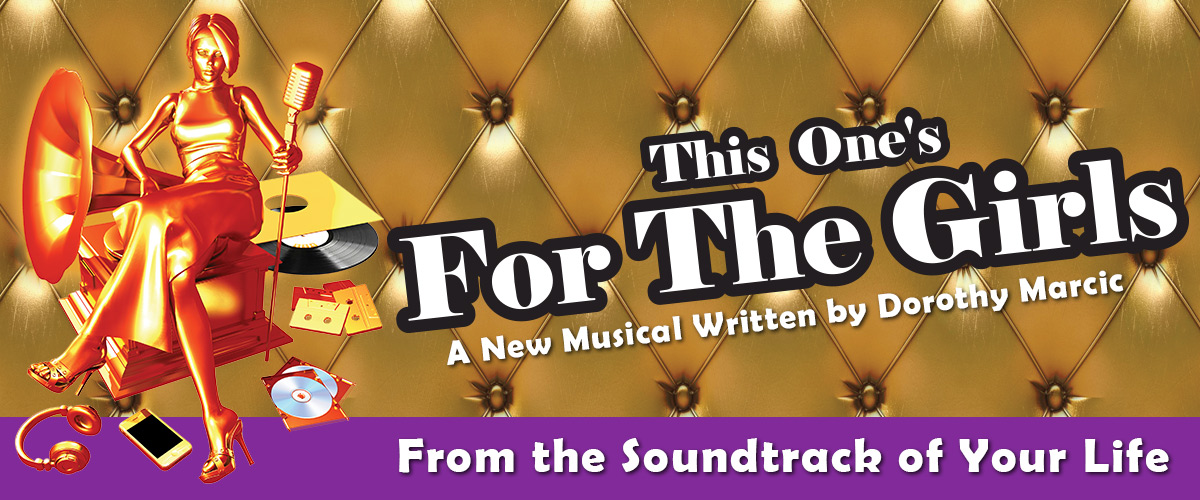Study Guide Objectives
For The Girls the Musical uses the most famous Top-40 songs sung by women, to show social change through the way song lyrics change in the more than 100 years from 1900 to the present. Monologues are from iconic famous women, as well as stories from Everywoman. This study guide will help enhance your understanding of the material and the show. In it you will find suggestions for group activities and topics for discussion as well as background information and references. Experiencing the performance should be just the beginning of seeing popular music, equality of men and women and the history of women’s place in American society through a new lens.
The so-called jukebox musical has had many iterations in the past decade, most of them frothy and fun, designed for primarily nostalgic purposes. While For The Girls the Musical is nostalgic, it also teaches, helping to bring insight and new awareness. Because it creates a context for each song, showing the place in history it appeared, as well the position of women in that time period, it gives audience members a chance to hear the song with a new consciousness. For example, hearing the songs such as I Will Follow Him and As Long as He Needs Me, and learning they became popular when the idea of women’s equality was still rather radical, gives more legitimacy to their themes for that time period. Similarly, I am Woman hit #1 the same year the ERA (Equal Right Amendment) went for ratification, Ms. Magazine debuted, and that Title IX (giving equal weight to girls and boys sports programs in schools) passed. This shows how Top-40 popular music can be one way to track social change.
The issue of the equality of men and women integrated into the uplifting and entertaining medium of musical theater makes telling the story of the difficulties and suffering more bearable, even showing the humor of hindsight vision. The experience allows audience members to relive some of their own experiences in a new light.

